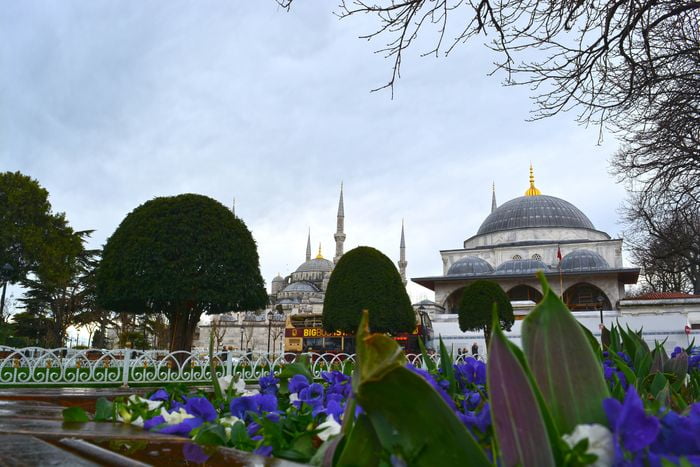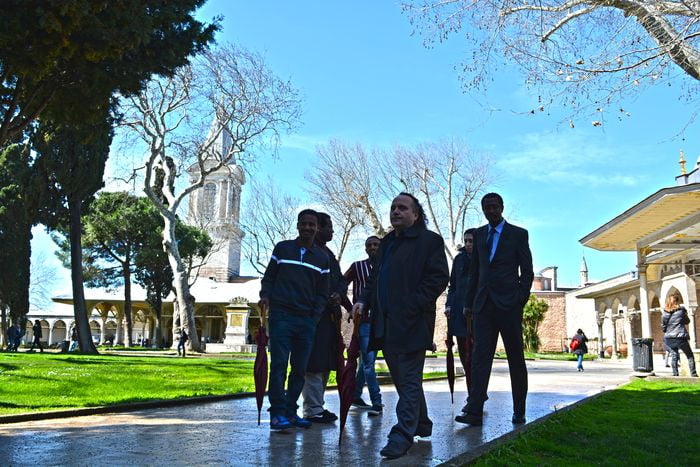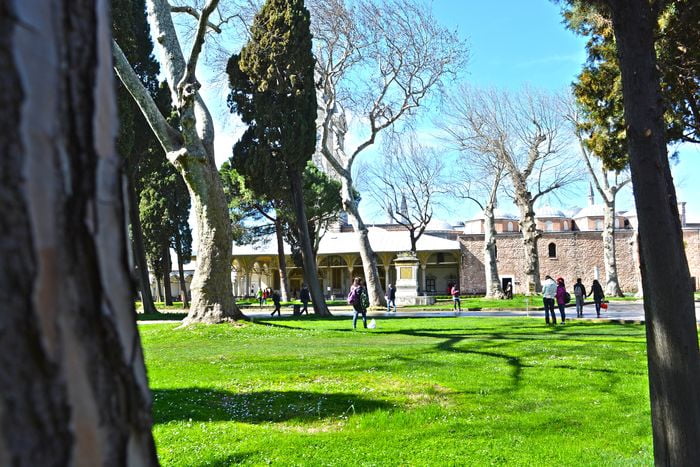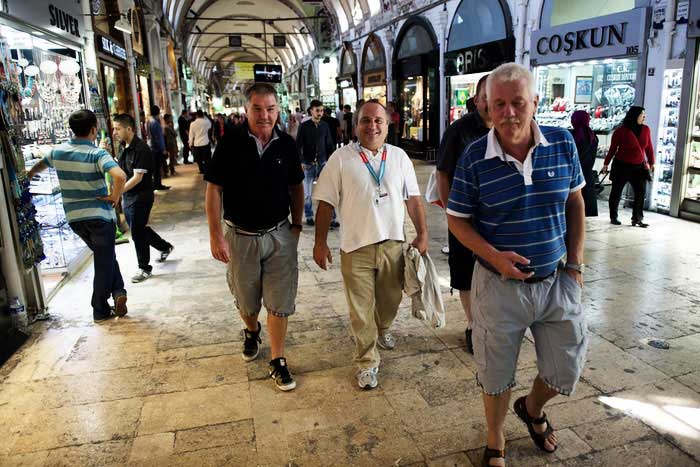1st Point.–What is an Image?
An image is a likeness and representation of some one, containing in itself the person who is imaged. The image is not wont to be an exact reproduction of the original. The image is one thing, the person represented another; a difference is generally perceptible, because the subject of each is the same. For instance, the image of a man may give his bodily form, but not his mental powers. It has no life, nor does it speak or feel or move. A son being the natural image of his father is somewhat different from him, for he is a son, not a father.
2nd Point.-For what purpose the Image is made.
Every image is a revelation and representation of something hidden. For instance, man has not a clear knowledge of what is invisible, the spirit being veiled to the body, nor of future things, nor of things apart and distant, because he is circumscribed by place and time. The image was devised for greater knowledge, and for the manifestation and popularising of secret things, as a pure benefit and help to salvation, so that by showing things and making them known, we may arrive at the hidden ones, desire and emulate what is good, shun and hate what is evil.
3rd Point.-How many kinds of Images there are.
Images are of various kinds. First there is the natural image. In everything the natural conception must be the first, then we come to institution according to imitation.
The Son is the first natural and unchangeable image of the invisible God, the Father, showing the Father in Himself. “For no man has seen God.” (Jn. 1.18) Again, “Not that any one has seen the Father.” (Jn. 6.46) The apostle says that the Son is the image of the Father: “Who is the image of the invisible God,” (Col. 1.15) and to the Hebrews, “Who being the brightness of His glory, and the figure of His substance.” (Heb. 1.3) In the Gospel of St John we find that He does show the Father in Himself. When Philip said to Him, “Show us the Father and it is enough for us,” our Lord replied, “Have I been so long with you and have you not known Me, Philip? He who sees Me, sees the Father.” (Jn. 14.8-9) For the Son is the natural image of the Father, unchangeable, in everything like to the Father, except that He is begotten, and that He is not the Father.
Read More about Apologia of St John Damascene Against those who Decry Holy Images Part 46








